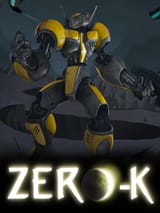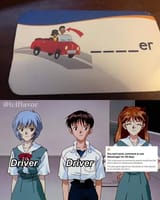>>2112469
i'll give you some of the main pointers i guess
flat tech tree: there's no tech progression or tiers, every factory can be plopped immediatly at the start of the game (except striders) and every unit within is availible immediatly
terraforming: zero-k makes full use of spring (recoil?) engine's terraforming features. units and structures with ballistic trajectory weapons get range bonuses from height, ground can be raised and lowered to various effects, blocking projectiles, burrowing structures to make them harder to hit, creating a tall spike for a ballistic unit to sit on.
linear scaling economy: in zero-k, the economy is mostly flat: the team that holds the most mexes on the map will usually win. excess energy not used will be spent to overdrive mexes connected via a grid mechanic, however this overdrive is a diminishing return system, having more mexes to spread the energy among is better than putting a trillion energy into a single mex. all of these things serve to do two things: discourage turtling in a corner and incentivize players to actually fight over the metal spots on the map. turtling is still a valid playstyle, but it has to be done along a map's middle line atleast, or you will forfeit too much income to win. there is no way to synthesize metal from energy like in other ta-likes.
bigger game sizes: bar typically only runs at most 8v8 games, zero-k (currently) has regular games of up to 11v11, and it actually shifted down from 16v16 that was the norm before.
there are other whacky things like a physics system with gravity turrets allowing you to launch certain units across the map for backline attacks

